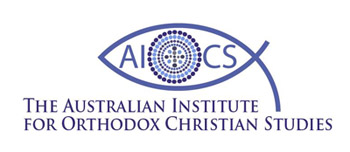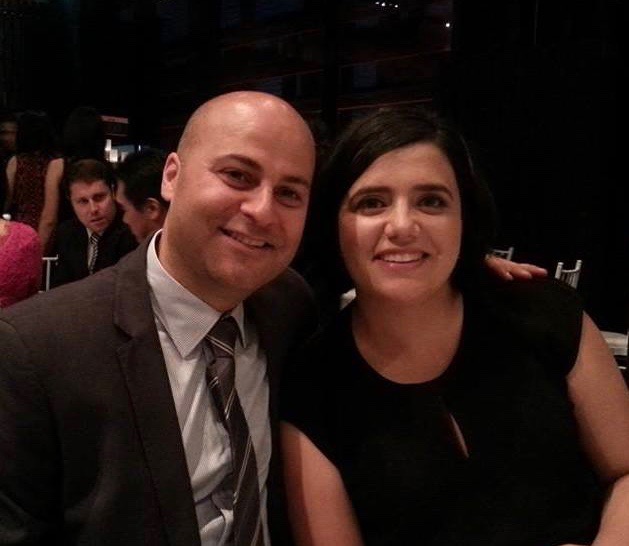by Monica Ibrahim
The troparion for the Christmas Royal Hours looks forward to the feast that is about to follow, “We worship your Nativity, O Christ, show us your glorious Theophany.” Often, our liturgical hymns subtly refer to the preceding feast or the one which follows the one that is being celebrated, highlighting their ongoing connection in the liturgical cycle. The three main feasts in the liturgical cycle, Nativity/Theophany, Easter and Pentecost are theologically connected—as well as by three natural symbols, light, water and fire, which help us interpret the unfolding mystery.

The early Syriac fathers explained that nature uses types and symbols to reveal hidden truths about God. My interest lies in how light, water, fire and other symbols found in the unique Australian environment bear witness to God, and in turn help to enhance our spiritual and liturgical experience. Since the European settlement, modern Australians are only beginning to understand this country’s complex ecosystems, topography, seasons and weather patterns. For centuries we have neglected the valuable knowledge of the hundreds of Indigenous clans that inhabited this ancient land. Their intimate understanding of the land was handed down through oral and ceremonial traditions, customary law and the telling of their dreaming stories. I will briefly explore how these three symbols manifest hidden truths about God. My insights are by no means exhaustive. Orthodoxy in Australia is young, and interpreting how our environment mystically bears witness to God is an ongoing and developing exercise.
Light
Approximately three days before Christmas takes place the summer solstice, which marks the longest day in the year. Due to the complex way the earth orbits the sun, the solstice is not however the day we experience the earliest sunrise and the latest sunset of the year. The earliest sunrise occurs in early December and the latest sunset in early January, often coinciding with the feast of Theophany. It is as though light announces the coming of the Saviour, with the sun setting at its latest as we celebrate Theophany, also known as feast of Lights. This natural occurrence matches our liturgical rhythms perfectly. At Christ’s Nativity and Theophany we are called to receive the Divine Light which illumines us, and in a few months time, as we approach Easter night and enter late autumn, we witness the same Light triumph over the coming darkness, reaching its fullness at Pentecost with the “midday flame.”
Water
In a prayer for the feast of Theophany we hear, “The waters saw you, O God, the waters saw you and were afraid.” Like in the Nativity hymns, at Theophany we hear that all creation gives glory to Christ. In the early Syriac poetry, water and fire have a double aspect. They can both destroy and sanctify. In Australia, Theophany coincides with our hottest summer period. Our beaches and quiet coastal towns are bustling with holiday makers seeking relief from the intense inland heatwaves. In the drought-prone Australian summer, we become acutely aware of the need to wisely use the water that sustains us, and of the potential dangers of swimming at waterholes and in the oceans. As we enter the Theophany season, nature reminds us that through baptism we are cleansed of our sins and rise to everlasting life.
Fire
At Theophany we hear that will we will be baptised not only by water but by the Spirit. The Spirit is represented as Divine Fire which both sanctifies and destroys. In the Australian mid-summer we are reminded of the ever present danger of wildfires. However, our flora and environment depend on fire for rejuvenation and renewal. We are only beginning to learn the extent to which Indigenous Australians in the colder months used slow burning fires as a powerful tool to yield crops; to suppress weeds; to promote lush growth; to attract game; and to minimise the threat of wildfires in the hotter summer months. While the summer fires may appear to destroy the landscape, by Easter we begin to witness the lush new growth that rejuvenates and renews the land. This transformation in the landscape points to the Divine Spirit we receive at baptism, which calls us to continually die to our sins so we can enter a transforming union with God. Theophany is also the beginning of Christ’s ministry and the proclamation of God’s kingdom. Like the Indigenous Australians who learned how to manage fire to promote the sustainable use and healing of the land, in the coming months, as we approach Easter and Pentecost, we are taught to nurture the inner Divine Fire in a way that bears witness to God’s Kingdom, which brings peace and healing.
As we pay attention to the transformation of the Australian landscape, we see that much of what is taking place mirrors what liturgically unfolds in the three major festivals. Most importantly, these changes remind us of the inner conversion that must take place within us.
Acknowledgments. This essay was originally published on Saint Gregory the Theologian’s Mission, in 5 January 2019.

